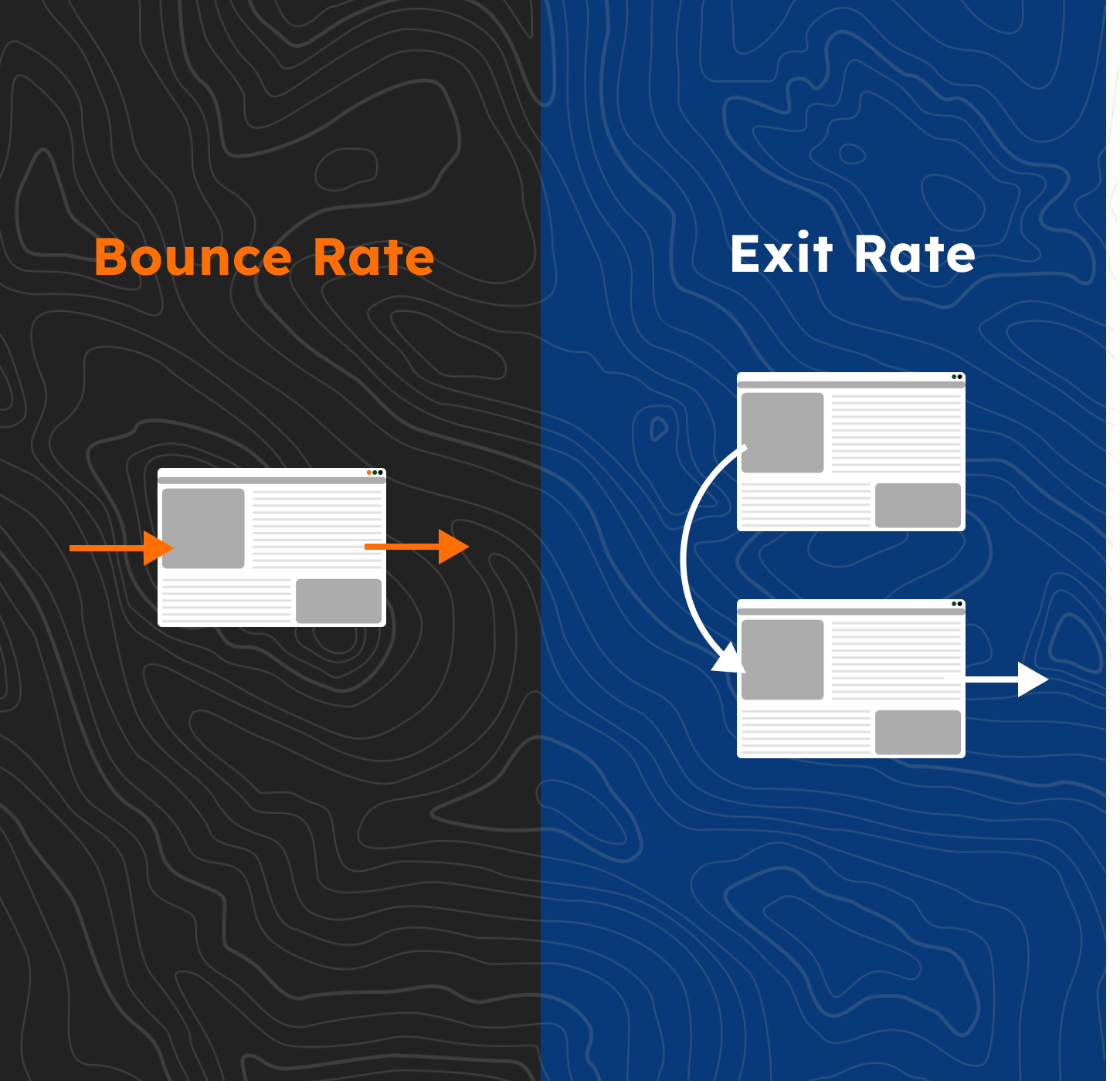Curious about how visitors interact with your website? Google Analytics holds the answers to that! Two key metrics contribute to it: exit rate and bounce rate, which offer valuable insights. Knowing better about them will help you to know about your website performance and how it works.
Let’s explore what exit rate and bounce rate mean and how they can guide you in optimizing your website. Ready to dive in and know better about the exit rate vs. bounce rate in Google Analytics?
What is Exit Rate?
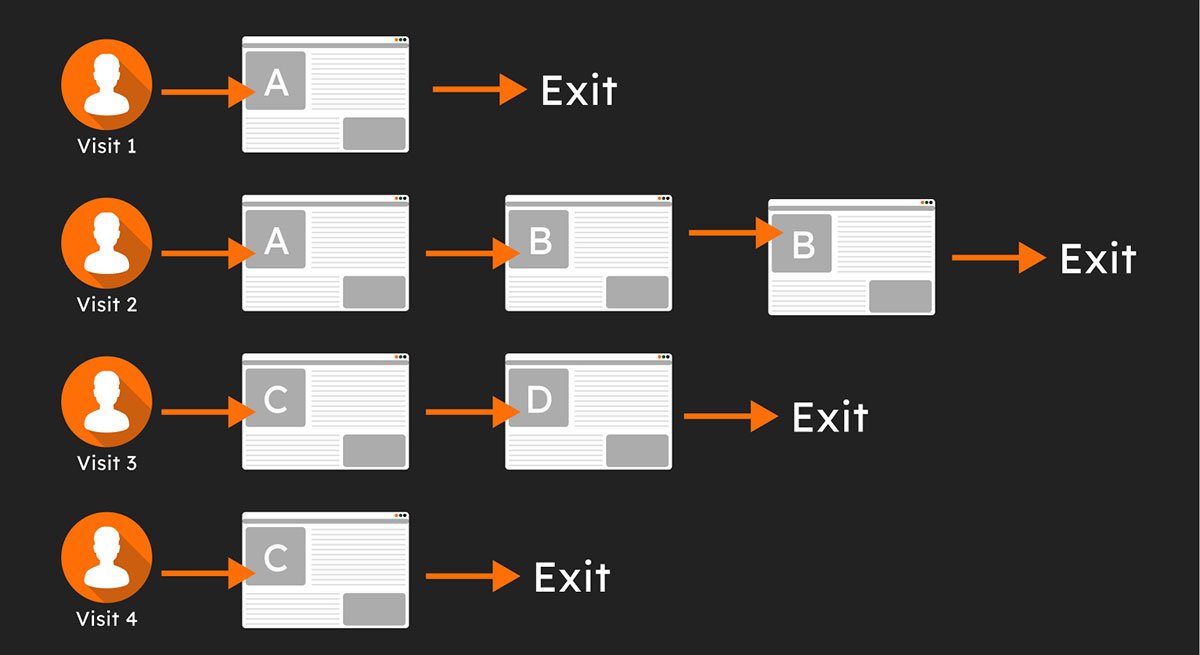
The exit rate is a key metric that reveals when and where visitors decide to leave. Imagine it as the point where users say, “I’m done” and click away. Google Analytics helps you understand this by dividing the number of exits from a page by the total page views for that page.
Why It Matters:
Think of knowing better about the visitor’s perspective on your website! Through exit rates, you can learn about their preferences. Is your website losing visitors at crucial moments? High exit rates can point to hidden issues in user behavior. When users leave key pages, like product descriptions or checkout pages, it’s a red flag.
It’s time to check where you lack and what additions you should make. Understanding these exit rates helps you pinpoint and fix problems and improve conversions.
What is the Bounce Rate?
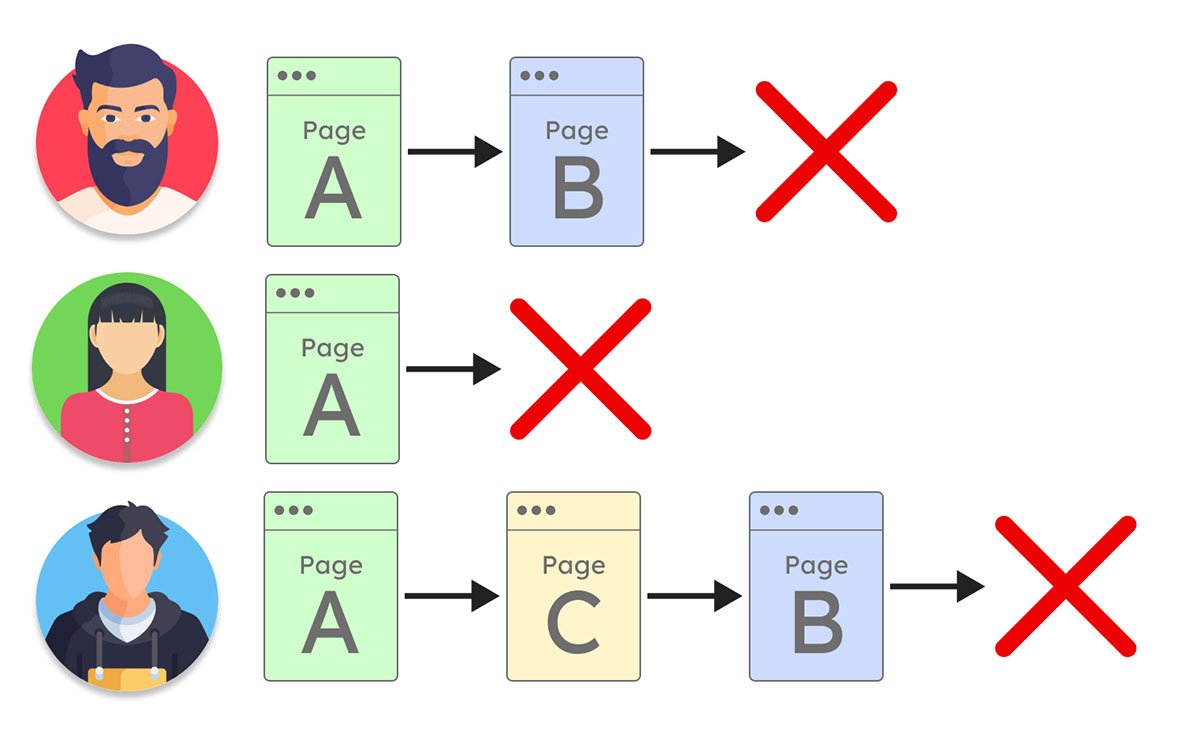
Are you curious about how visitors interact with your website? Bounce rate is the answer! This metric shows the percentage of visitors who leave your site after viewing just one page. You can tell just after the single-page sessions how the users have interacted. For instance, it’s like a person stepping inside any store and then immediately walking out without interacting.
Google Analytics helps in calculating the bounce rate by dividing the number of single-page sessions by the total number of sessions. Understanding the concept of bounce rates can help you improve engagement.
Why It Matters:
If visitors are not showing interest in your website and are not sticking around, then it’s a sign something might not be working in your favor. Maybe they’re not finding what they expected, or your content isn’t grabbing their attention. Bounce rate is crucial, especially for landing pages and blogs.
Bounce Rate vs. Exit Rate: What's the Major Difference?
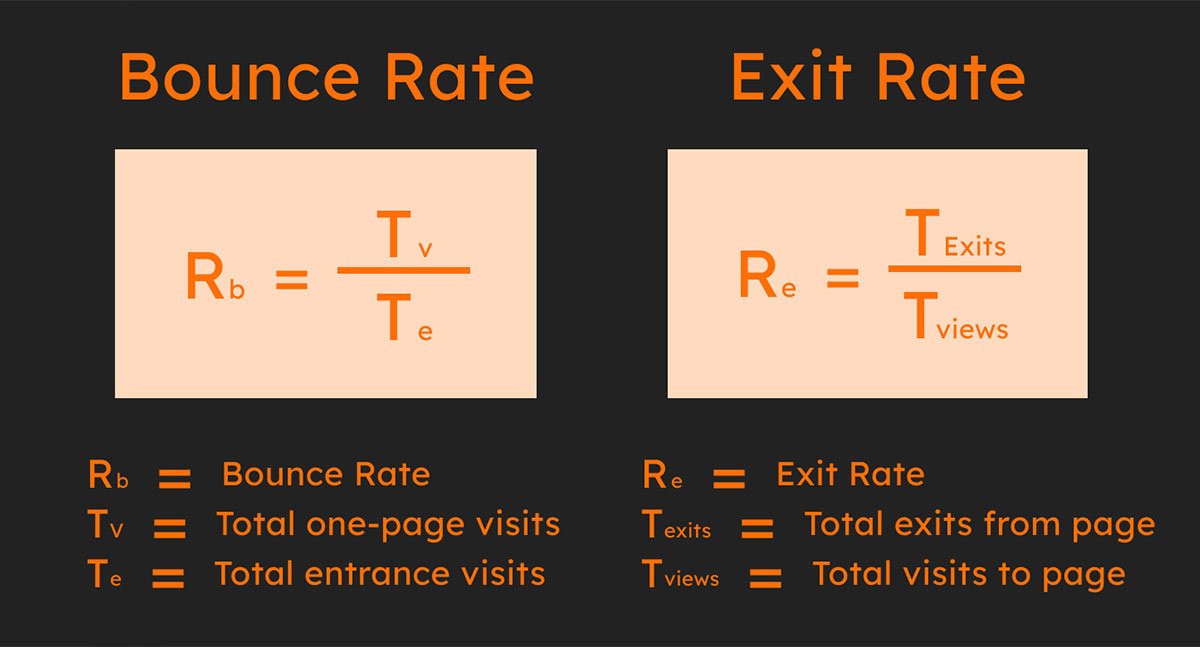
While both bounce rate and exit rate are essential metrics in Google Analytics, they measure different aspects of user behavior:
- Bounce Rate : focuses on visitors who leave your website after viewing just one page. It reflects the percentage of single-page sessions and indicates whether visitors are engaging with the initial content they encounter.
- Exit Rate: examines the percentage of users who leave your site from a specific page, regardless of how many pages they visited beforehand. This metric helps identify where in the user journey visitors are losing interest or completing their session.
In summary, bounce rate is about a visitor’s immediate interaction (or lack thereof) with your site, while exit rate highlights where users are dropping off after navigating through multiple pages. Understanding both metrics can guide you in making informed decisions to improve user experience and increase your website’s performance.
Common Misconceptions
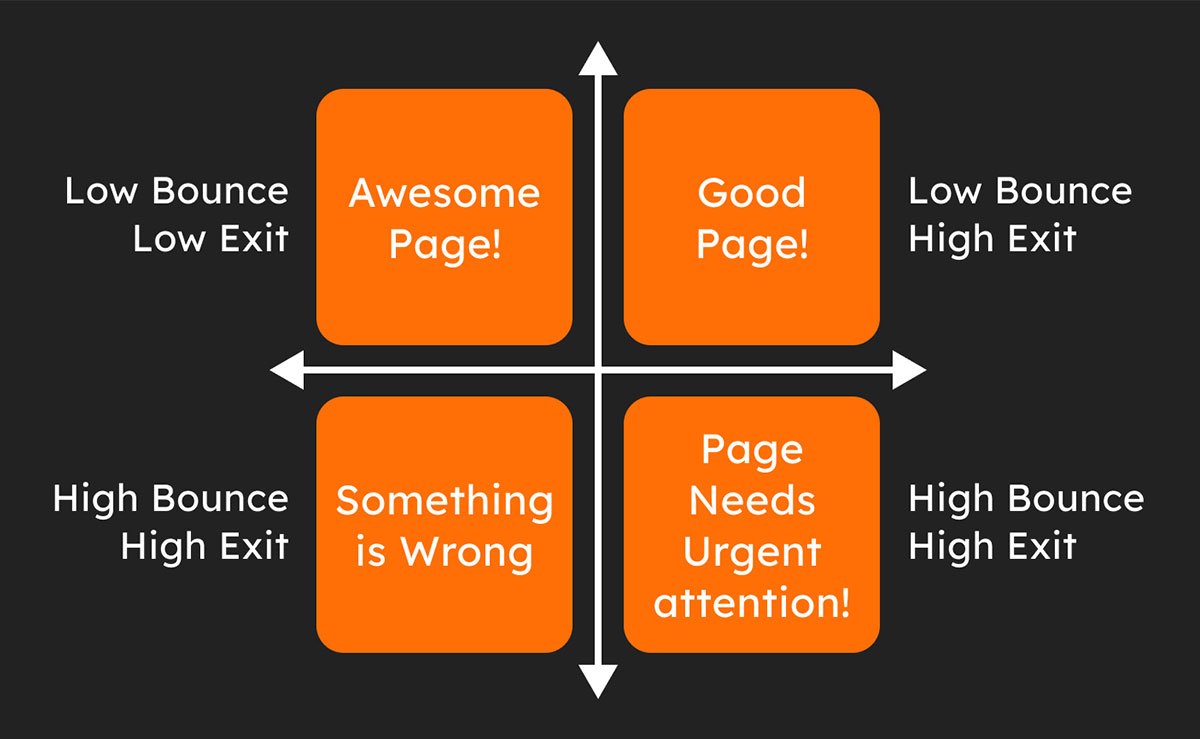
Let’s clear up a few common misconceptions about these metrics.
A High Exit Rate Isn't Always Bad News
A high exit rate is sometimes a good thing. Imagine users leaving a “Thank You” page after making a sale. That’s actually what you need. When the visitors finish their task and get what they need, they are likely to leave. Understanding the context makes all the difference.
Is a High Bounce Rate a Problem? Think Again
High bounce rate is not always something to stress about. Sometimes, it’s a good sign that users are finding exactly what they need. They come, read your article, and leave satisfied. That’s a win, not a failure. Blog consumption usually works this way. If your content delivers value, users might just move on after reading it.
Practical Examples

It is crucial to learn about the prime examples which can help you learn better about the metrics and functions.
Case Study 1: E-commerce Website
If your product pages have a high exit rate, it might mean your product information isn’t grabbing attention. It could also mean users think the prices are too high.
To turn things around, start by improving your product descriptions. Make them detailed and engaging. Invest in high-quality visuals that showcase your products in the best light.
Case Study 2: Content Website
A high bounce rate often means readers are leaving quickly. Your content might not be engaging enough, or your layout could be confusing.
Ways to fix it:
- Improve readability: Break up the text with short paragraphs and catchy subheadings.
- Engage your readers: Use compelling visuals and relatable language.
- Make your content more relevant: Focus on what your audience wants to read.
Strategies to Improve Both Metrics

When it comes to improving how your website performs, understanding exit and bounce rates is a big deal. Let’s talk about some easy ways to make those numbers better:
Lowering Exit Rates:
- Speed Things Up: No one likes waiting. If your site takes too long to load, people might leave before they even see your content. Keep it quick and smooth to hold their attention.
- Simplify Navigation: Your website should be easy to explore. If visitors can’t find what they’re looking for quickly, they’ll likely leave. Make sure your site is easy to navigate.
- Be Clear with Your Calls-to-Action: Think of this as guiding someone through a process. Clear and straightforward instructions help visitors know what to do next and encourage them to stay engaged.
Lowering Bounce Rates:
- Make Your Content Relevant: Your content should speak to what your audience cares about. The more it resonates, the more likely they’ll stick around.
- Optimize for Mobile: Lots of people browse on their phones, so make sure your site works just as well on mobile as it does on a desktop.
- Add Interactive Features: Keep things interesting with videos, quizzes, or infographics. These elements can make your site more engaging and encourage visitors to stay longer.
Tools and Techniques for Monitoring and Analysis

When it comes to improving your website’s performance, having the right tools and techniques on hand makes all the difference. By fully utilizing Google Analytics and a few other helpful tools, you can really understand how visitors interact with your site and make smart, informed decisions to improve it.
Getting the Most Out of Google Analytics
- Set Up Custom Reports and Segments: Customize your reports and segments to focus on the metrics that matter most to your business. This way, you can identify specific user behavior patterns and adjust your strategies to meet your goals.
- Use Behavior Flow Reports to Understand User Paths: Visualize how users move through your site. By identifying common entry and exit points, as well as areas where users tend to drop off, you can improve your site’s navigation and content.
Additional Tools to Improve Insights
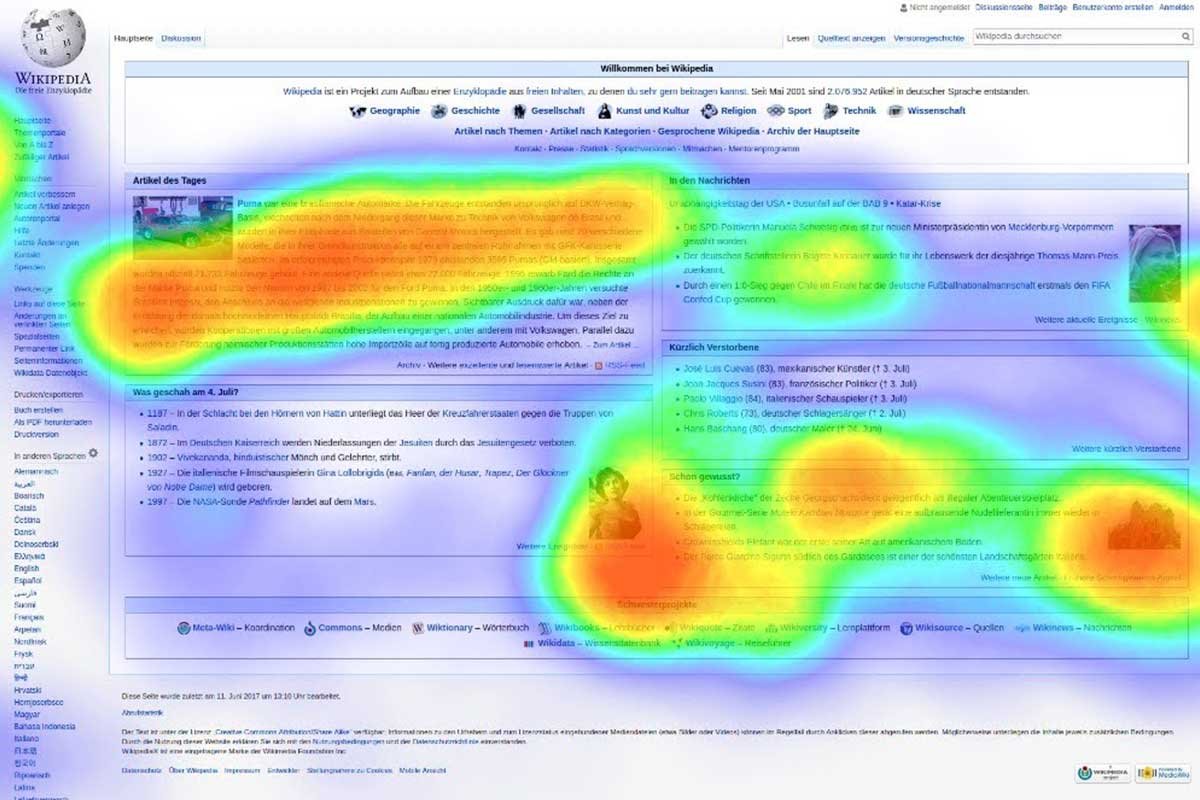
- Heatmaps and Session Recordings: Tools like Hotjar or Crazy Egg show you exactly where users are clicking, scrolling, and spending their time. Watching session recordings lets you see real-time interactions, helping you spot issues and better understand user behavior.
- A/B Testing and User Surveys: Conduct A/B testing with tools like Optimizely or Google Optimize to determine which version of a page performs better. Surveys also provide direct feedback from users about their experiences and preferences, giving you valuable insights to improve your site.
By combining these tools with Google Analytics, you’ll gain a clearer picture of what’s working on your site and where you can make improvements, all while keeping your users happy and engaged.
Conclusion
Knowing how to read bounce and exit rates can make a big difference in how well your website performs. By focusing on these metrics, you can make the right changes to keep visitors engaged. At Analyze Right, we’re here to help you break down these numbers and turn them into steps that improve your site, making it more effective and user-friendly.
